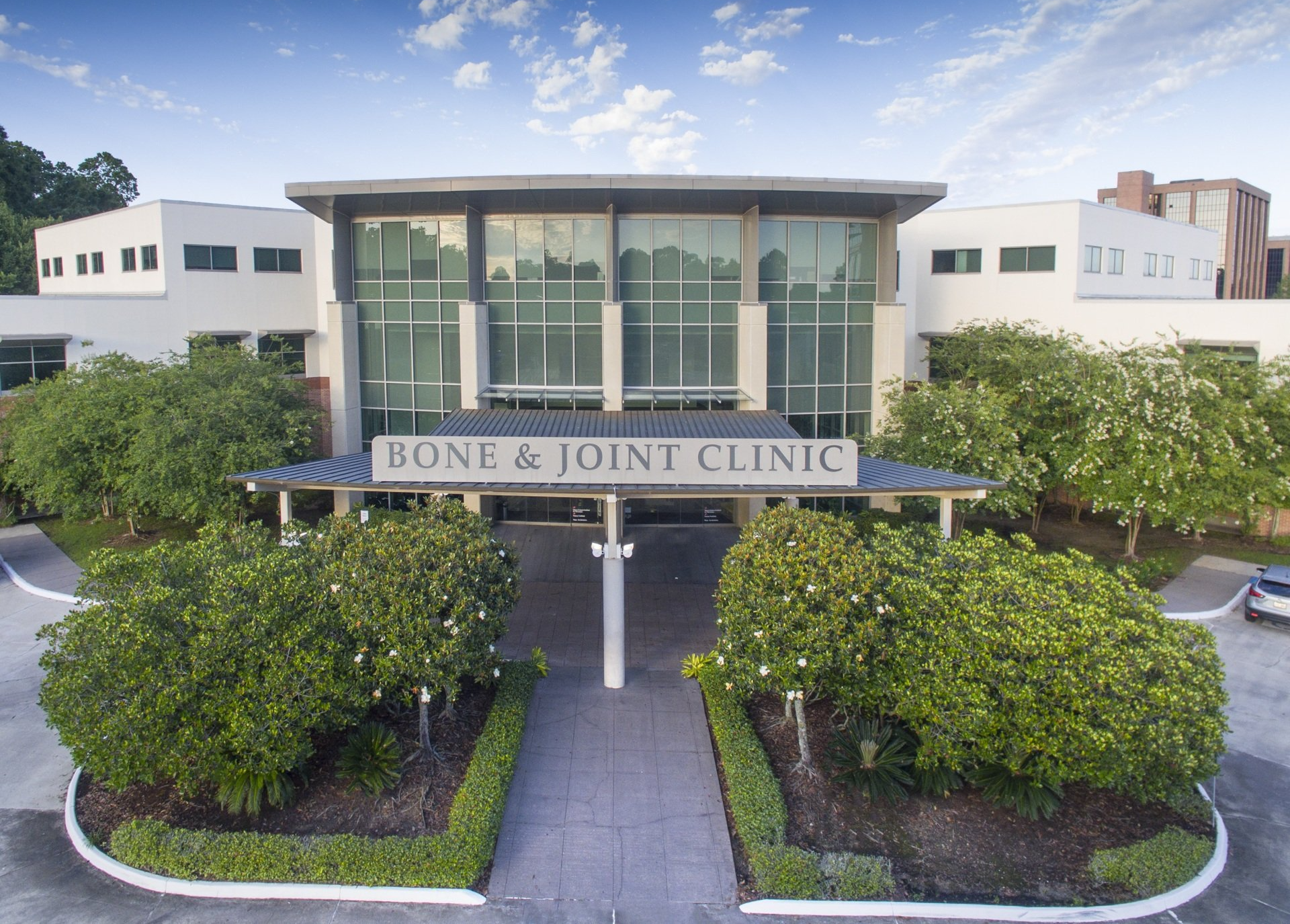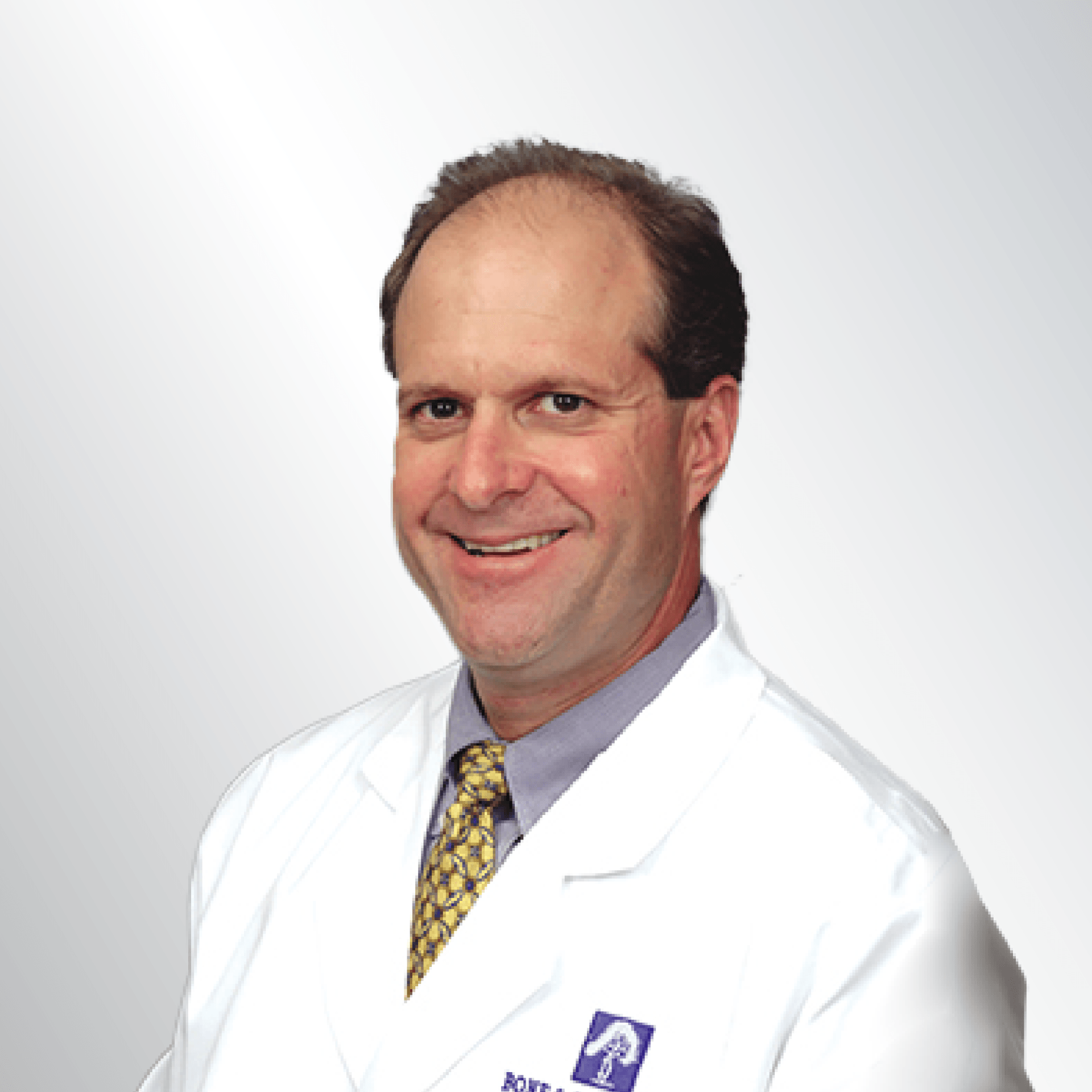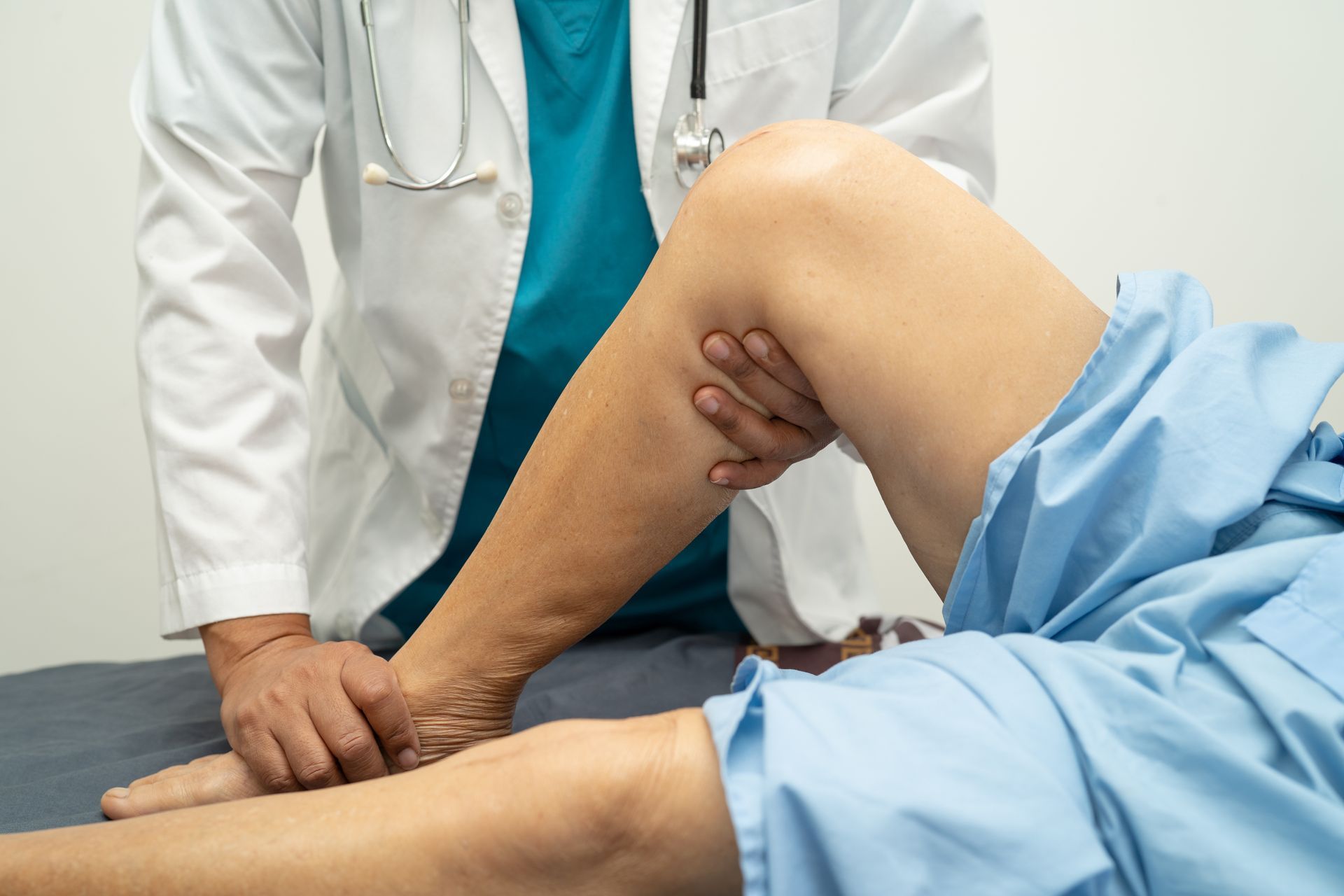ACL injuries are a common occurrence in sports and physical activities that involve sudden changes in direction, jumping, or pivoting. The ACL, or anterior cruciate ligament, is one of the major ligaments in the knee that provides stability and controls the forward movement of the tibia in relation to the femur. When the ACL is torn, it can result in pain, instability, and limited mobility. The severity of the tear often dictates the treatment protocol, ranging from temporary immobilization to surgical repair. Grade 3 injuries are characterized by a complete tear of the ligament with no stability in the knee and almost always require surgery followed by intensive physical therapy to regain full use of the knee.
What Are My Options for Treating a Grade 3 ACL Tear?
Surgical treatment of the ACL can involve either a repair or reconstruction. ACL reconstruction is often considered the gold standard, providing the best long-term results and better stability of the knee post-op. Today, most ACL reconstructions are performed arthroscopically. This minimally invasive procedure requires smaller incisions, minimizes damage to surrounding tissues, and allows for faster recovery times. During reconstruction, the torn ACL is completely removed and replaced with a tendon taken from another part of your body, known as an autograft. The most frequently used autografts are harvested from the patellar, hamstring, or quadriceps tendon.
What Are the Advantages of Using the Quadriceps Tendon in an ACL Reconstruction?
Quadriceps tendon autografts have gained popularity as a preferred choice for ACL reconstruction due to their numerous benefits. The quadriceps (quad) tendon, a strong and flexible tissue located in the front of the thigh, is ideal for grafting because of its size, exceptional strength, and ability to withstand forces experienced during physical activities. Harvesting the graft from the quad tendon with the QuadPro™ tendon harvester minimizes damage to surrounding tissues, resulting in reduced postoperative pain and complications. These autografts have been associated with faster rehabilitation and a quicker return to sports compared to other graft options, making them a promising choice for individuals seeking ACL reconstruction surgery.
Harvesting and Preparing the Quad Tendon AutoGraph
During an ACL reconstruction, a surgeon will make a small incision, usually around 2-3 cm, in the front of the thigh to access the quad tendon. After carefully exposing the tendon, making sure to preserve the surrounding tissue, the QuadPro™ tendon harvester is inserted into the incision to strip the graft. A suture is placed at one end of the graft, helping to maintain tension during the harvesting process. The surgeon will typically harvest a portion of the tendon measuring 7-10 mm in width and 7-9 cm in length. Once the desired length is stripped, the harvester is removed from the incision, and the graft is retrieved from the device via the suture. The graft is now ready to be prepared for implantation.
During the preparation process, the quad tendon is meticulously reviewed, removing any unnecessary tissue, muscle fibers, debris, or unwanted structures, ensuring a smooth and uniform graft surface. A smooth surface will facilitate better integration with the knee joint. The graft is revised to fit the patient's anatomy, and special care is taken to ensure the graft length and width are carefully measured and adjusted to match the native ACL dimensions. The graft may be further optimized to fit the knee joint by trimming or tapering the graft ends to facilitate smooth passage and secure fixation during the implantation process. Using a GraftPro® graft board and GraftClamp Instrument, special sutures are then carefully stitched into the tendon on both sides, creating strong anchor points that will assist in holding the graft in place once it is ready to be inserted back into the knee in place of the torn ACL.
The arthroscopic approach, along with meticulous harvesting and preparation techniques of the quadriceps tendon graft, is crucial for successful ACL reconstruction. This comprehensive process minimizes trauma to surrounding areas, ensures a proper fit, optimizes graft functionality, and facilitates seamless integration with the knee joint. As a result, it reduces postoperative pain and discomfort, speeds up recovery, and restores knee stability and function following an ACL injury.
If you experience an ACL injury, contact the Bone and Joint Clinic of Baton Rouge to schedule an appointment with one of our expert physicians. Our team will discuss the best treatment options for your injury, create a comprehensive treatment plan, and support you through every stage of your recovery, from diagnosis to full rehabilitation.




